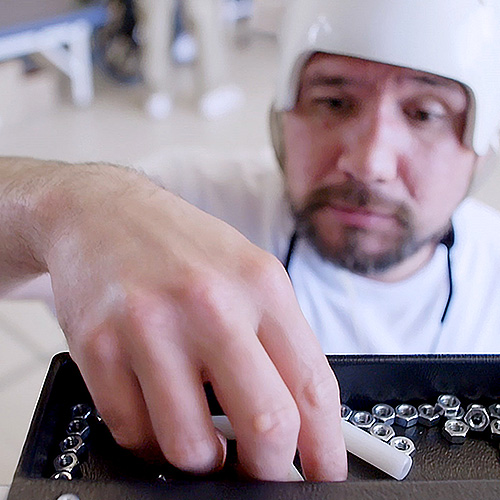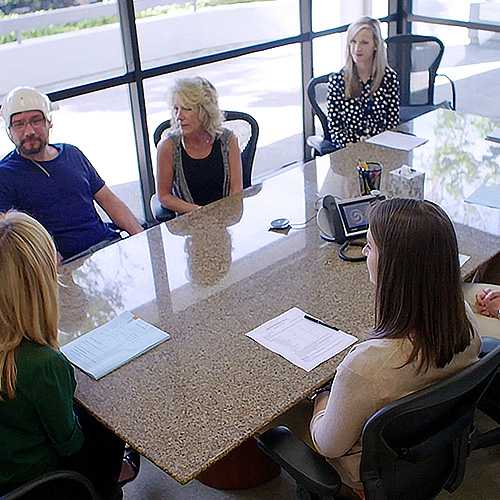Workers' Compensation
Centre for Neuro Skills is dedicated to producing the best outcomes for the injured worker, while simultaneously reducing long-term costs for the carrier. Since its inception, CNS has invested resources to develop tools and protocols that support the payor community.
Communication

Pre-Admission Meeting
Collaborative process that connects payor representatives to the Centre for Neuro Skills case management team with the objective of identifying risks, aligning goals, targeting outcome and determining long-term needs of the injured worker.
Patient Conferences
Held regularly in person, online, or by teleconference. Dynamic process evaluating patient progression towards goal of reducing residual deficits. Barriers are discussed, strategies are identified.
Discharge Meeting
Reviews initial goals and projected outcome while obtaining payor feedback on CNS effectiveness. A collaborative and transparent discussion on what was achieved for each injured worker.
 Dedicated Staff
Dedicated Staff
Payor Relations
Responsible for managing customer relationships, expectations, and providing in-service training.
Admissions
Trained admissions staff are sensitive to the unique needs of workers’ compensation carriers. This specialized team of admissions coordinators and clinical evaluators handles admissions efficiently and professionally.
Clinical Management
An expert case manager directs treatment for each injured worker together with Directors of Rehabilitation and Senior Clinical staff who provide additional layers of oversight.
Reporting and Transparency
Patient Portal
Access to real-time patient records on CNS’ website (neuroskills.com) including physician records, conference reports and medications. Tracks patient progress in real time including changes in behavior, initiation, skill level, and Activities of Daily Living (ADLs).
SAS-Powered Advanced Analytics
SAS Analytics give CNS the ability to discover and communicate meaningful patterns in data. Data analysis allows CNS to more accurately address the deficits related to the patient’s injury and current status.

